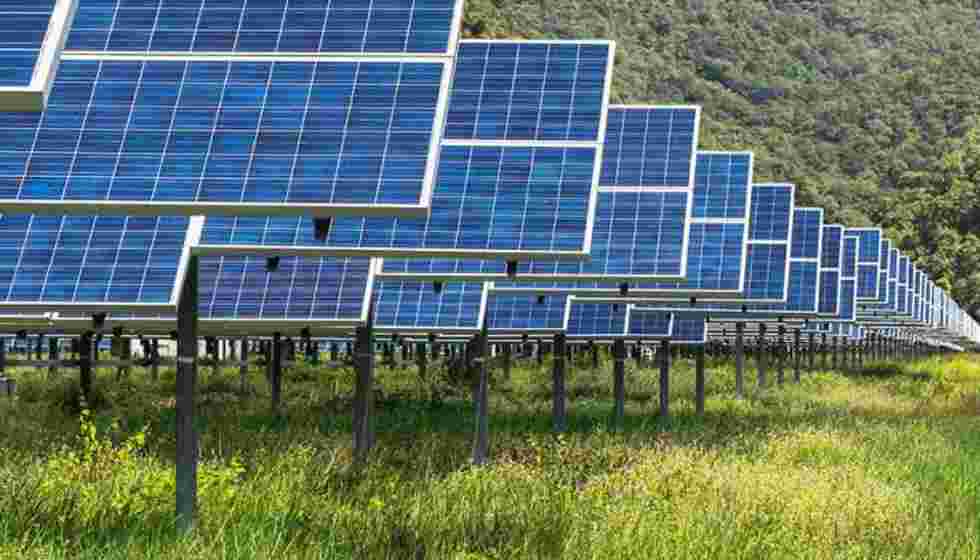A solar controller, also known as a charge regulator or a charge controller, is a device that regulates the voltage or current in a solar power system to prevent the overcharging of batteries. It controls the current and voltage that batteries can receive from solar panels.
The majority of 12-volt panels send out around 16 to 20 volts, meaning that batteries will inevitably be damaged by overcharging without that regulation. It takes about 14 to 14.5 volts for most batteries to be able to become fully charged.
Is a solar controller always required?
Although a few rare instances where a solar controller is not required, they are usually very much a necessity. Trickle charge or small maintenance panels like 1 to 5-watt panels rarely require a solar controller. They are generally not necessary for panels that put out under 2 watts per 50 battery amp hours.
Volt panels
12-volt panels are 17 volts, which often confuses people who do not understand why they cannot merely be 12 volts. This is because that would result in the panels only providing power under perfect conditions, such as being cool and in full sun, which would be a relatively rare occurrence.
Panels have to offer some additional voltage to ensure that the panel will still deliver output regardless of the conditions.
The use of high voltage panels and batteries
Almost every PV panel with a rating of more than 140 watts is not a standard 12-volt panel and should not use a standard charge controller with them. There is quite a wide degree of variance in terms of the voltages on grid tie panels, from as low as 21 volts to as high as 60 volts, and while some may be standard 24-volt panels, others are not.
Using a standard solar controller
Standard solar controllers may work with high voltage panels if the controller’s maximum input voltage is not exceeded. However, it may lose some power from the panel’s official rating. Controllers take the panels’ output and feed the current into the battery until it is ultimately charged, generally between 13.6 volts and 14.4 volts.
Panels can emit only so many amps, so while the panels may reduce the voltage, the panel amps cannot go any higher than the rating. An MPPT controller is the only method to ensure a high voltage grid can deliver full power.
Types of solar controllers
Solar controllers come in a wide array of different features, price ranges, shapes, and sizes, from smaller.5 amp controllers to MPPT programmable controllers of up to 80 amps. Two or more units of between 40 to 80 amps may be used if more than 60 amps are needed.
It is essential to take time to select the best solar controller for your system.
